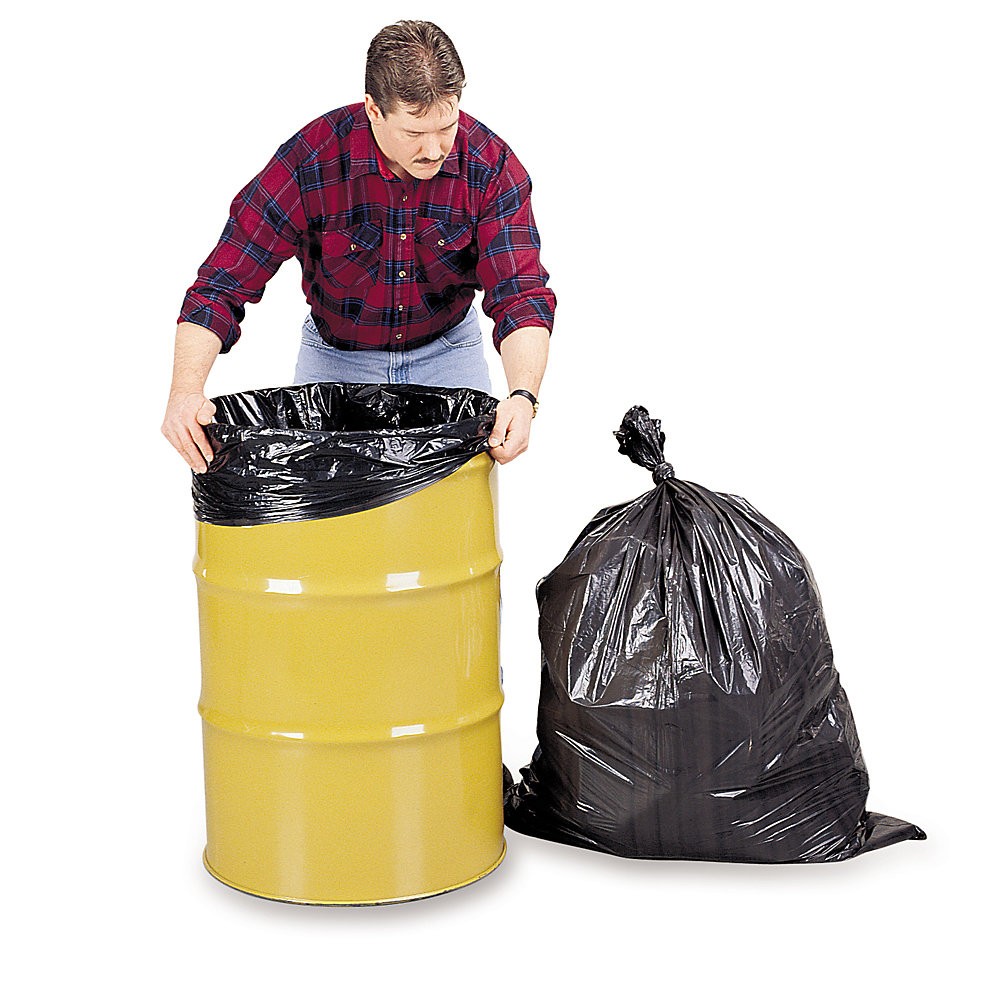We use cookies to make your experience better. To comply with the new e-Privacy directive, we need to ask for your consent to set the cookies. Learn more.
Boost Warehouse Productivity Year-Round With A Deep Spring Cleaning
When you skip a day of cleaning at home, you might be embarrassed at your next dinner party. When you let cleanliness slide at a warehouse or distribution center, though, the stakes are much higher. Unclean conditions risk worker safety and seriously limit production, trashing efficiency ratings. Besides, OSHA Standard 1910.141(a) requires you to keep work areas clean and dry. If you distribute food, the FDA cleanliness standards are even more strict.
Assuming you're following a daily cleaning regimen, annual spring cleaning is your chance to hit the reset button on warehouse tidiness. It's the perfect time to address longstanding clutter, look for hidden inefficiencies, and rotate your stock. That's a big job. The only way to get it all done is with a neat, well-planned cleaning schedule.

1. Make checklists.
With so many moving parts, it's easy to miss hard-to-reach corners of the facility. Make a separate checklist for your receiving area, storage aisles, and battery room. Be sure to include all equipment and infrastructure in every area.2. Restock cleaning supplies and equipment.
You can’t get your facility clean without the right tools. Before you start your spring cleaning, be sure to check your janitorial supplies. Make sure you have plenty of bin liners, the heavier-duty the better. Do your mops need new heads? Do you have enough brooms and dust pans? If not, now’s the time to restock.3. Plan your cleaning event during low-volume periods.
As we’ve mentioned, spring cleaning is a huge job. It can be daunting to pull off while sticking to a busy production schedule. That’s why you might have to fit your cleaning tasks into the margins. Pick your least-busy week of the year so that staff can be diverted toward cleaning tasks without sacrificing production.4. Rotate staff between typical material handling duties and cleaning jobs.
If your facility has strong demands all year round, you’ll have to make a cleaning schedule that won’t impact your main mission of filling orders. Warehouse management tools can help identify the moments and shifts that can be safely devoted to yearly deep-cleaning tasks.5. Look for opportunities to improve signage.
Spring cleaning is the perfect time to look for ways to improve daily clarity and organization in your facility. Often, this all boils down to signage. Are traffic lanes clear and labeled? Can new staff find crucial equipment without a lengthy search? Are safety kits easily visible? If not, it’s time to put new signs on the walls to correct these inefficiencies.The latest Warehouse Management Benchmark Report from Aberdeen Group found that the top-performing quarter of warehousing companies focused on "creating an agile warehouse environment." Cleanliness and organization are a big part of that goal.
With adequate planning, spring cleaning can contribute considerably to overall warehouse agility. This spring, take the time to treat your facility to a cleaning event that will pay dividends all year long.
References:
“Current Good Manufacturing Practice in Manufacturing, Packing, or Holding Human Food - CFR Title 21.” FDA. United States Food and Drug Administration, 1 Apr. 2015. Web. 31 March 2016.
“Sanitation - 1910.141.” OSHA. Occupational Safety & Health Administration, United States Department of Labor, n.d. Web 31 March 2016.
